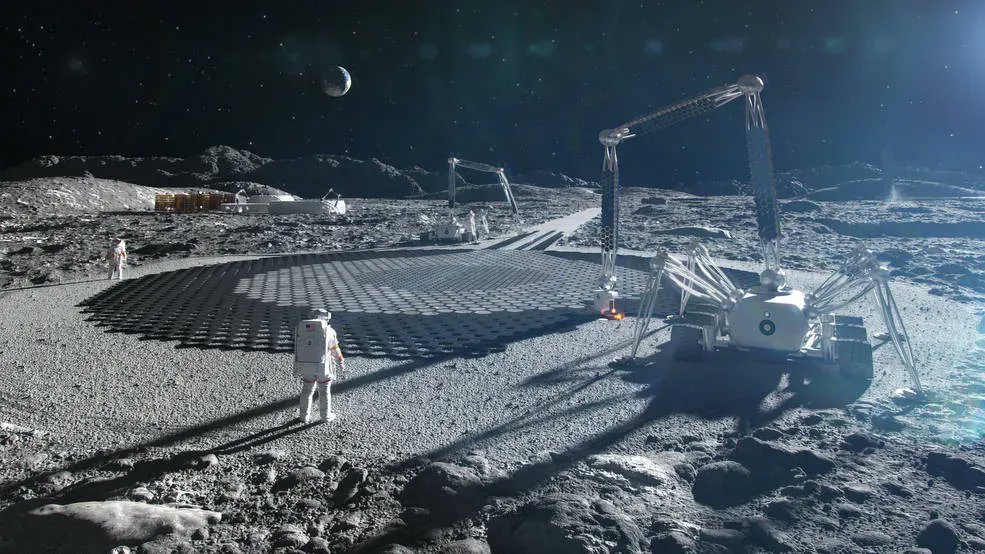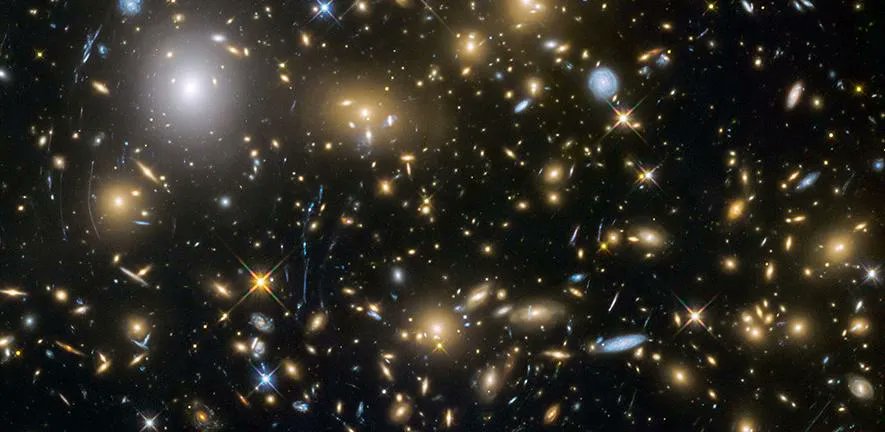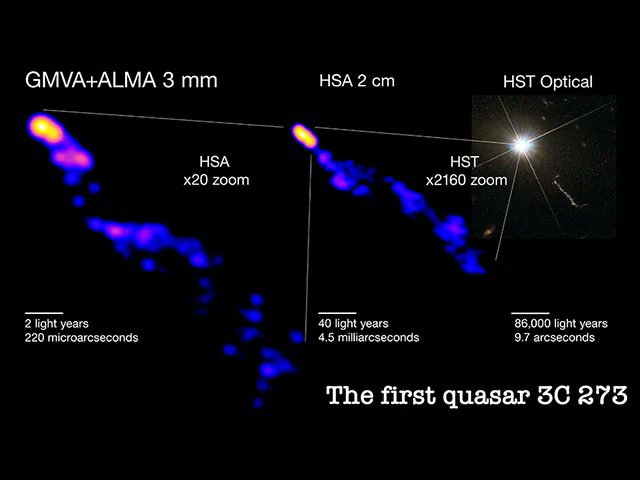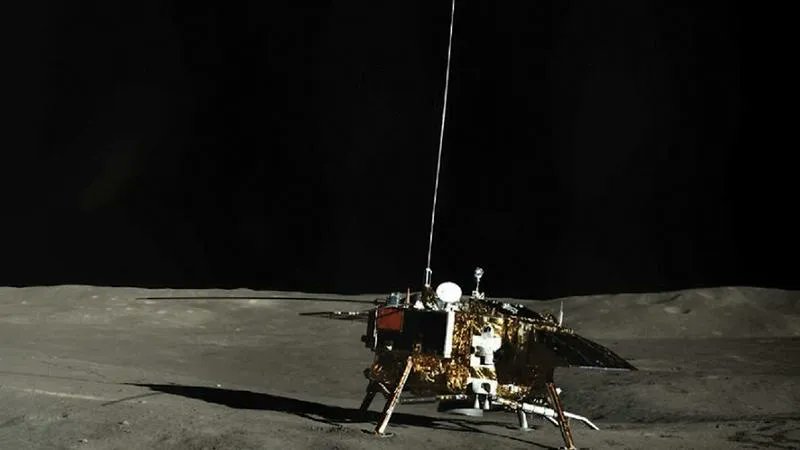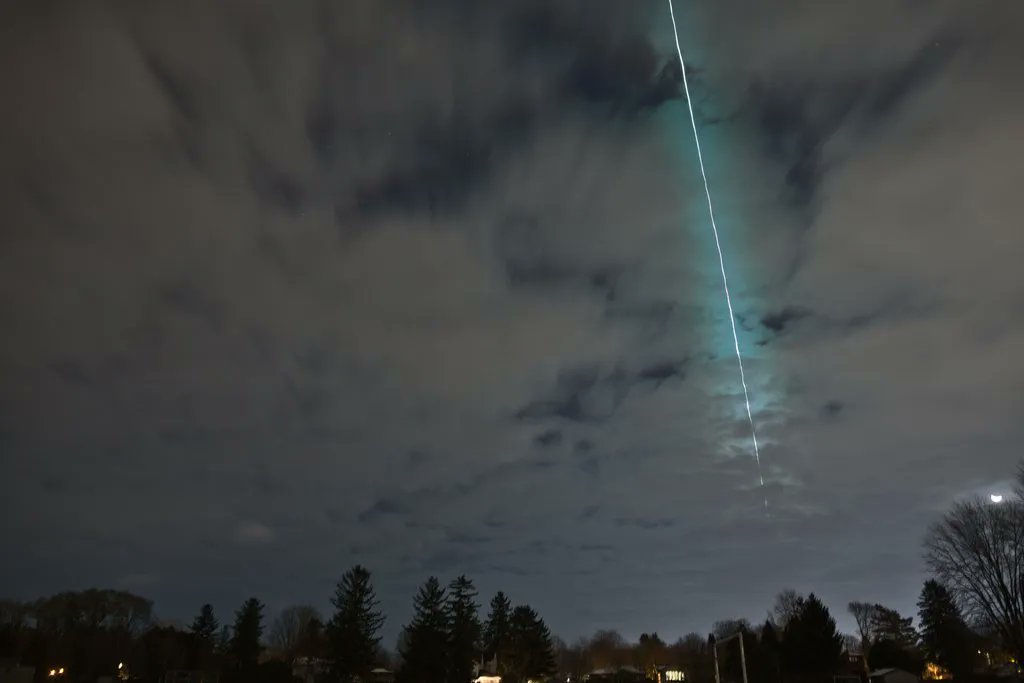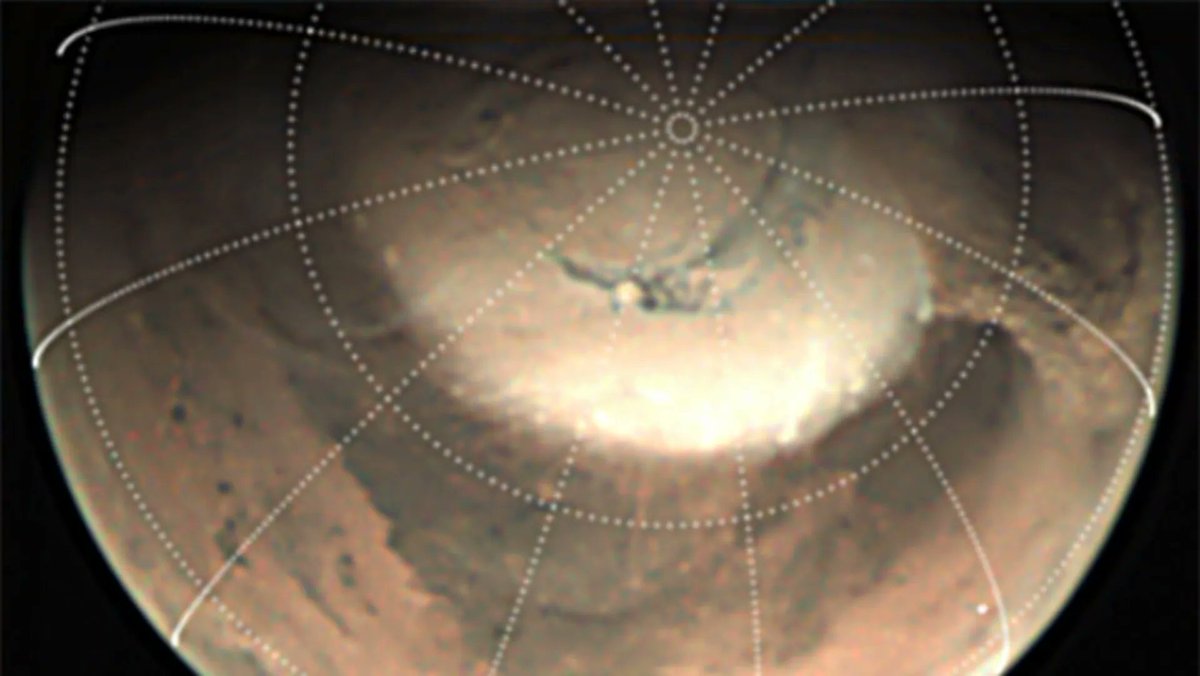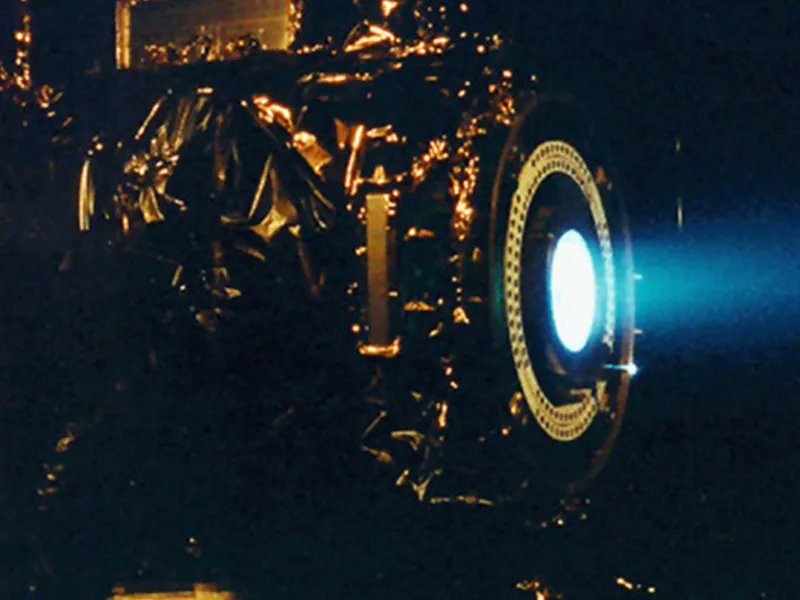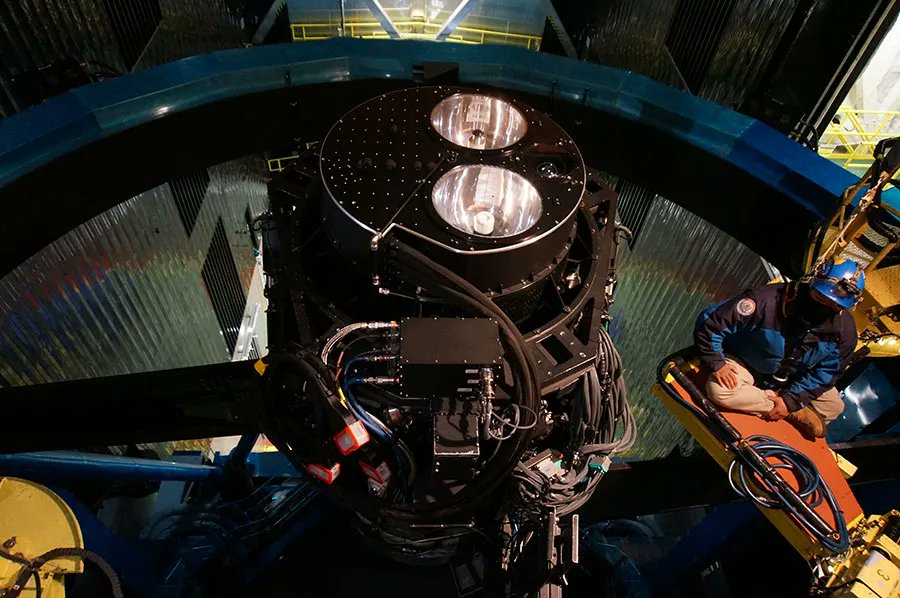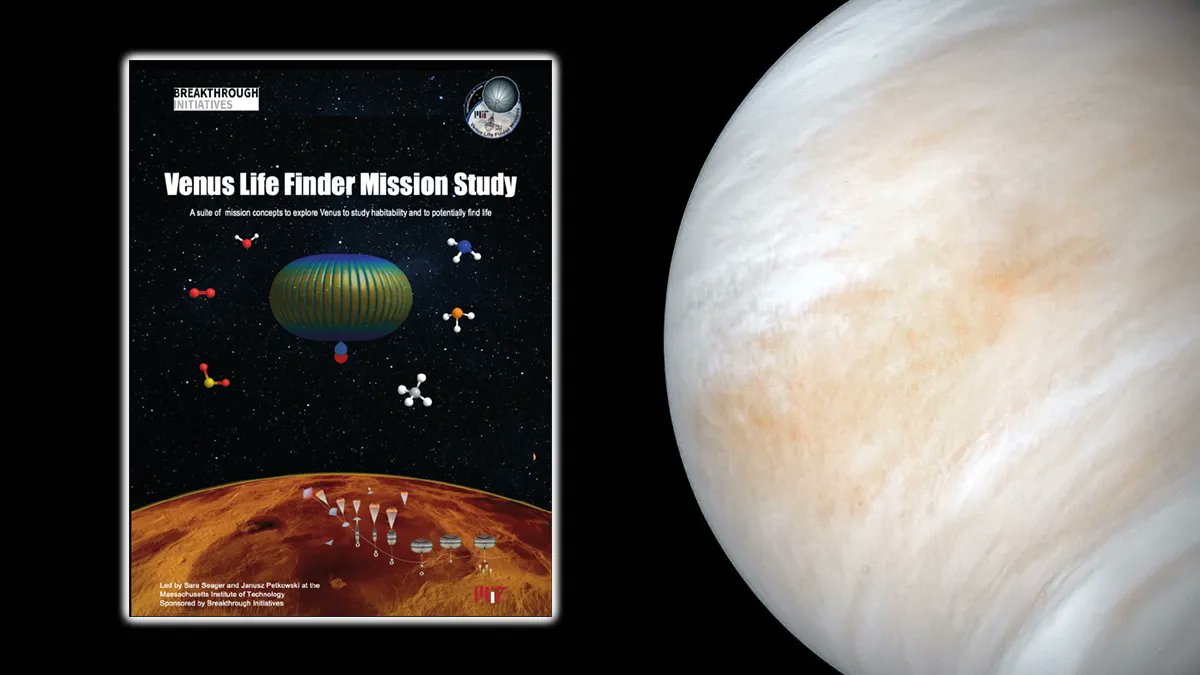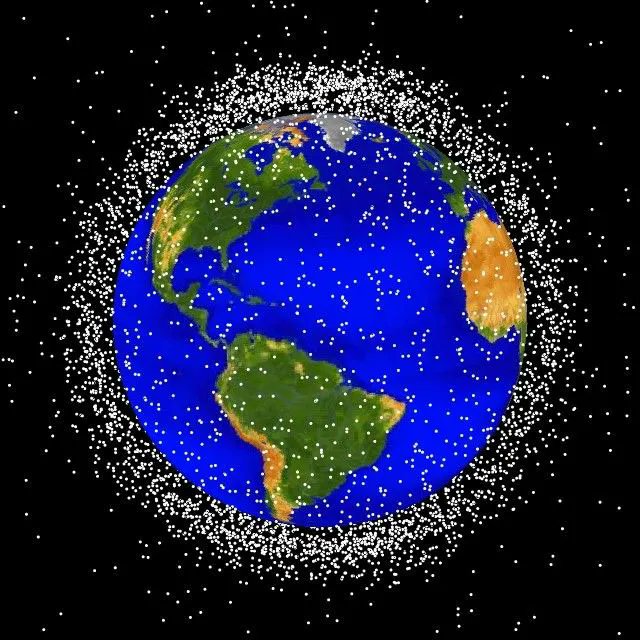NASA has started engaging with commercial partners are some out-there projects. One of the most recent is a six year, $57.2 million deal with ICON, a company based in Austin, Texas that specializes in in-situ resource utilization 3D printing technologies.
Continue reading “NASA Wants to Build Landing Pads on the Moon”Sometimes Astronomy isn’t About What you see, but What you don’t see
Constraints are critical in any scientific enterprise. If a hypothesis predicts that there should be an observable phenomenon, and there isn’t any trace of it, that’s a pretty clear indication that the hypothesis is wrong. And even false hypotheses still move science forward. So it is with astronomy and, in particular, explorations of the early universe. A paper authored by researchers at Cambridge and colleagues now puts a particularly useful constraint on the development of early galaxies, which has been a hot topic in astronomy as of late.
Continue reading “Sometimes Astronomy isn’t About What you see, but What you don’t see”Quasars Produce Giant Jets That Focus Like Lasers. Why They Focus is Still a Mystery, but it’s not Coming From the Galaxy Itself
New technologies bring new astronomical insights, which is especially satisfying when they help answer debates that have been ongoing for decades. One of those debates is why exactly the plasma emitted from pulsars “collimates” or is brought together in a narrow beam. While it doesn’t provide a definitive answer to that question, a new paper from an international group of scientists points to a potential solution, but it will require even more advanced technologies.
Continue reading “Quasars Produce Giant Jets That Focus Like Lasers. Why They Focus is Still a Mystery, but it’s not Coming From the Galaxy Itself”What’s Next for China’s Lunar Exploration Plans?
China is starting to become a force in space exploration. Its main focal point of lunar exploration has started bearing fruit, with several successes, including a sample return mission and the first-ever craft to land on the far side. So what’s next for the Lunar Exploration Program? Establishing a research base may be on the cards, but the country doesn’t just plan to stop at the Moon – they are looking far beyond.
Continue reading “What’s Next for China’s Lunar Exploration Plans?”Astronomers Spotted a Tiny Asteroid A Few Hours Before it Impacted the Earth, and Predicted Exactly Where and When it Would Crash
Humanity is getting better a planetary defense. At least from external threats from outer space. As long as they’re just dumb rocks that follow the laws of physics. And a group of extraordinary humans proved it last week when the planetary defense community jumped into action to accurately track and predict exactly where a relatively small meteor would fall on November 19th.
Continue reading “Astronomers Spotted a Tiny Asteroid A Few Hours Before it Impacted the Earth, and Predicted Exactly Where and When it Would Crash”Many Clouds on Mars are Driven by Dust, not Water
One of the benefits of having a cluster of satellites orbiting another planet is that scientists can then analyze that planet’s weather. Sometimes in that process, they find patterns that are strikingly similar to those found on our home planet. That was the case recently when a group of scientists from ESA used data from Mars Express to analyze cloud formation on Mars. To no one’s surprise, dust seemed to be at the core of that formation. But the resultant clouds looked very much like those found here on Earth – in the tropics.
Continue reading “Many Clouds on Mars are Driven by Dust, not Water”Air-Breathing ion Engines can Continuously Boost Spacecraft Anywhere There’s an Atmosphere
Staying in orbit can be challenging, at least for lower orbits that are more affected by Earth’s atmosphere. But, such orbits also come with advantages, such as better vantage points for new commercial operations such as Earth Observation and telecommunications connections. So there is an incentive for anyone who can figure out how to functionally keep a satellite in orbit at those lower altitudes for long periods. One of the best paths toward that goal seems to be an ion engine that takes in atmospheric particles and uses them for thrust. Now, a recently released paper explores potential use cases for such an engine and suggests a path toward their commercialization.
Continue reading “Air-Breathing ion Engines can Continuously Boost Spacecraft Anywhere There’s an Atmosphere”Subaru Telescope can now Analyze 2,400 Galaxies Simultaneously
First light is an exciting time for astronomers and engineers who help bring new telescopes up to speed. One of the most recent and significant first light milestones recently occurred at the Subaru Telescope in Hawai’i. Though it has been in operation since 2005, the National Astronomical Observatory of Japan’s (NAOJ) main telescope recently received an upgrade that will allow it to simultaneously observe 2400 astronomical objects at once over a patch of sky the size of several moons.
Continue reading “Subaru Telescope can now Analyze 2,400 Galaxies Simultaneously”A Mission to Venus Could Sample its Atmosphere Directly, Searching for Life
We’ve reported in the past about the Venus Life Finder (VLF) mission, which is currently in the proposal stage but could potentially one day explore the Venusian clouds for signs of life. What exactly that life would look like is anyone’s guess. Therefore, the instrumentation the mission will use to find that life will be critical. Enter Fluid-Screen (FS), a technology developed by a start-up company spun out of Yale by Dr. Monika Weber. It could potentially directly detect life in the Venusian atmosphere – if only it could deal with the sulfuric acid.
Continue reading “A Mission to Venus Could Sample its Atmosphere Directly, Searching for Life”There’s a Cloud of Space Debris Around Earth. Here’s how we Could get a Better Picture of it
As we’ve reported here more than a few times – space debris is becoming more and more of a real problem. We’re not quite at Kessler syndrome levels yet, but with the increased interest in getting things into space, there is a real possibility that might happen in the not-too-distant future. Plenty of potential solutions have been put forward to deal with the problem, but they all face a similar problem at the first step – how to track the debris they’re attempting to eliminate. Enter a new idea from researchers in Iran – using a novel type of radar to detect and track space debris before it becomes a danger.
Continue reading “There’s a Cloud of Space Debris Around Earth. Here’s how we Could get a Better Picture of it”
